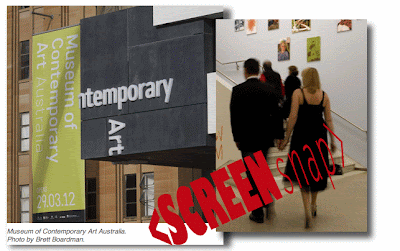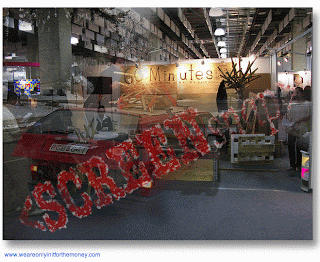 |
| CLICK HERE TO GO TO SOURCE |
UbuWeb Sound
originally focused on Sound Poetry proper, UbuWeb's Sound section has grown to encompass all types of sound art, historical and contemporary. Beginning with pioneers such as Guillaume Apollinaire reading his "Calligrammes" in 1913, and proceeding to current practitioners such as Vito Acconci or Kristin Oppenheim, UbuWeb Sound surveys the entire 20th century and beyond. Categories include Dadaism, Futurism, early 20th century literary experiments, musique concrete, electronic music, Fluxus, Beat sound works, minimalist and process works, performance art, plunderphonics and sampling, and digital glitch works, to name just a few. As the practices of sound art continue to evolve, categories become increasingly irrelevant, a fact UbuWeb embraces. Hence, Ubu artists are listed alphabetically instead of categorically.
UbuWeb embraces non-proprietary, open source media. As such, most of the newer files are encoded in the more universally readable MP3 format. However, when a recording is still in print and available, Ubu only serves it in streaming RealMedia; Ubu doesn't wish to take whatever small profits might be made from those taking the efforts to gather, manufacture and properly distribute such recordings. Instead, Ubu hopes that by streaming these works, it will serve as an enticement for UbuWeb visitors to support the small labels making this work available.
All MP3s served on UbuWeb are either out-of-print, incredibly difficult to find, or, in Ubu's opinion, absurdly overpriced.














